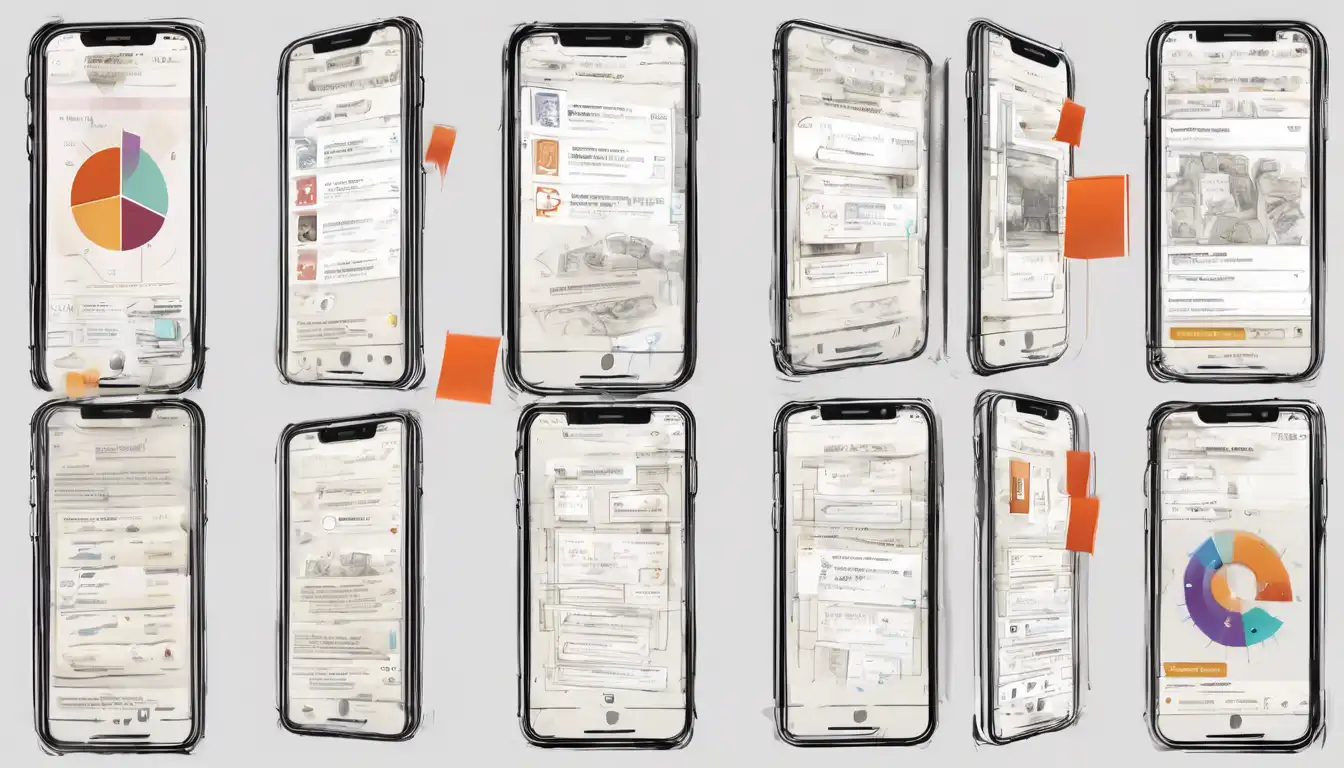Introduction to Mobile App Success
In today's digital age, building a successful mobile app is a dream for many entrepreneurs and developers. However, the path to creating an app that stands out in the crowded app stores is fraught with challenges. This guide will walk you through the essential steps to craft a winning mobile application, from ideation to launch and beyond.
Understanding Your Market
Before diving into development, it's crucial to understand your target market. Conduct thorough market research to identify your potential users' needs and preferences. This will help you tailor your app's features and design to meet those needs effectively.
Designing a User-Friendly Interface
A user-friendly interface is key to retaining users. Focus on creating an intuitive design that enhances user experience. Remember, simplicity is often more effective than complexity.
Choosing the Right Development Approach
Decide whether to go native, hybrid, or web-based with your app. Each approach has its pros and cons, depending on your target audience and budget. For more insights, check out our guide on choosing the right app development approach.
Testing and Feedback
Before launching, test your app extensively to iron out any bugs. Gather feedback from beta testers to make necessary adjustments. This phase is critical to ensuring your app's success upon release.
Marketing Your App
A great app won't sell itself. Develop a robust marketing strategy to promote your app. Utilize social media, email marketing, and other channels to reach your target audience.
Launching and Beyond
Launching your app is just the beginning. Monitor its performance, gather user feedback, and continuously update it to keep users engaged. For more tips on post-launch strategies, read our article on post-launch app strategies.
Conclusion
Building a successful mobile app requires careful planning, execution, and ongoing effort. By following these steps, you can increase your chances of creating an app that resonates with users and stands the test of time.
